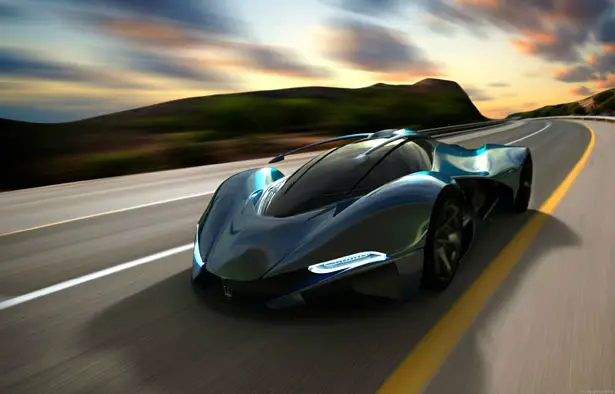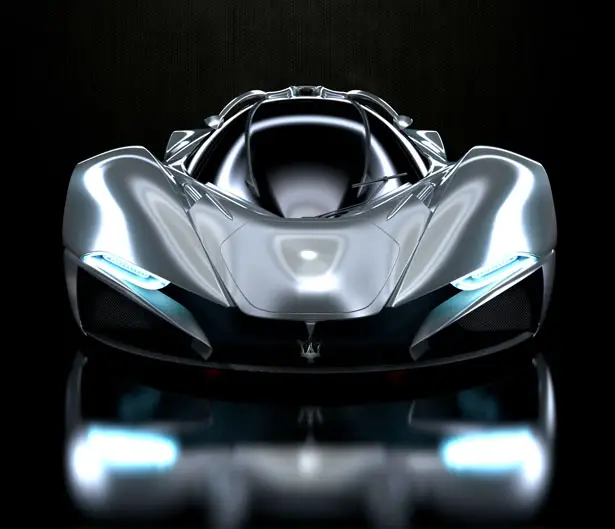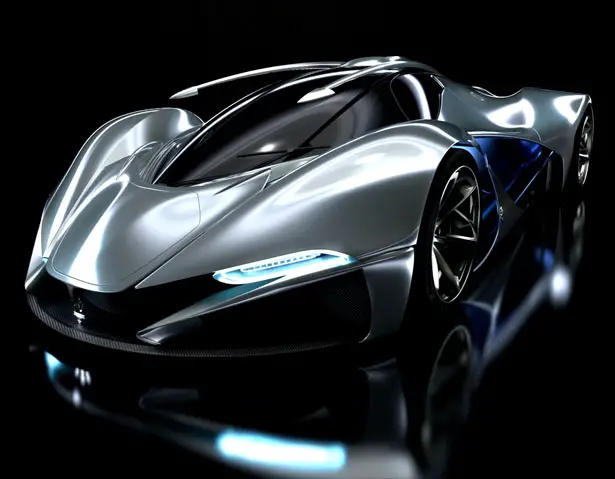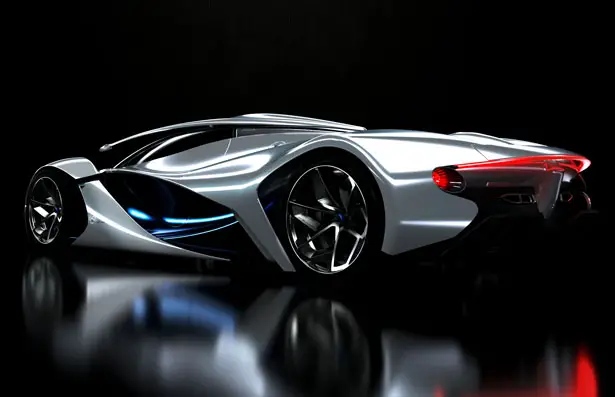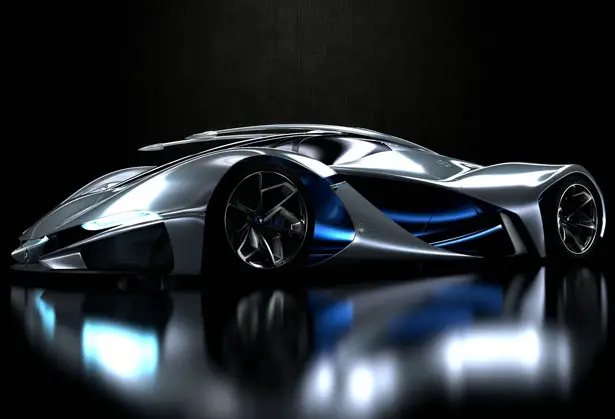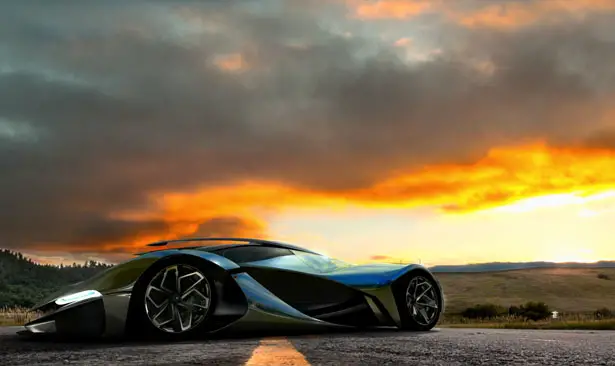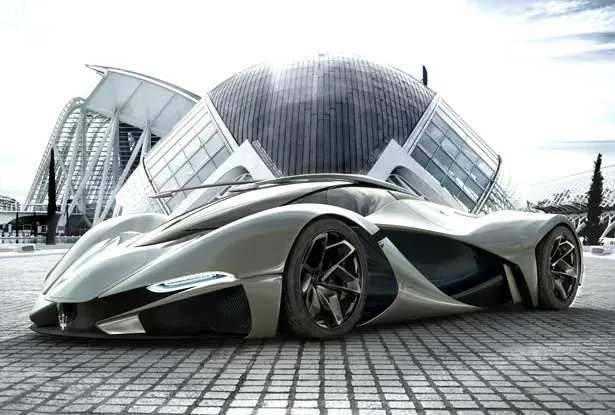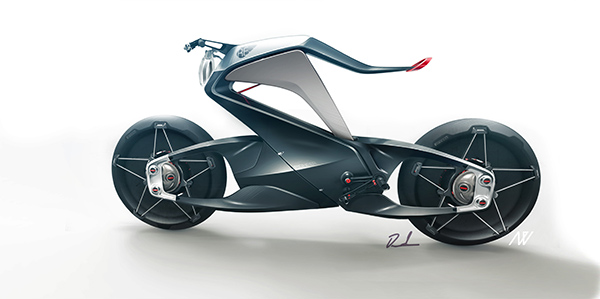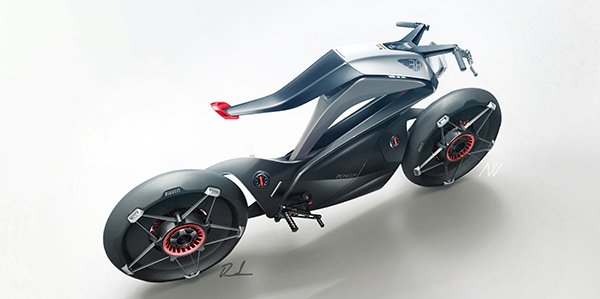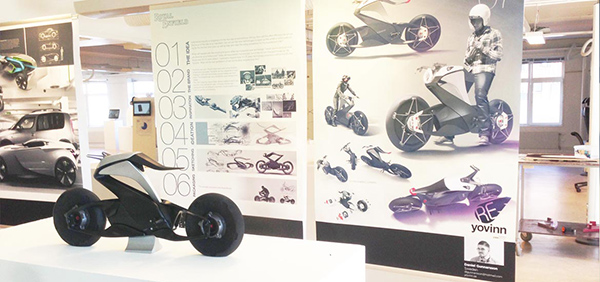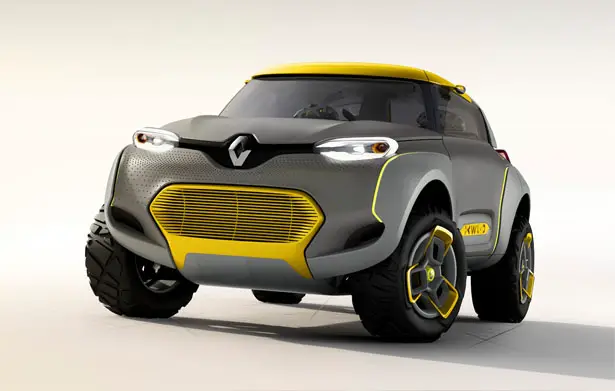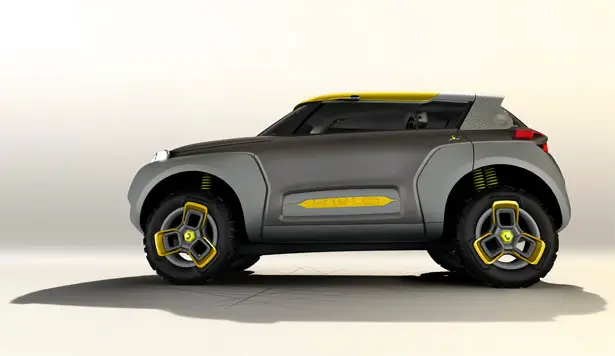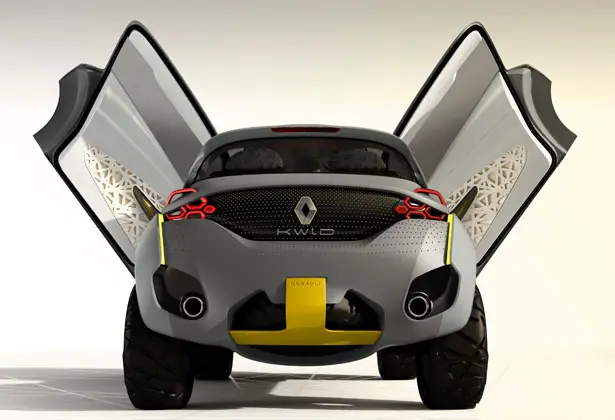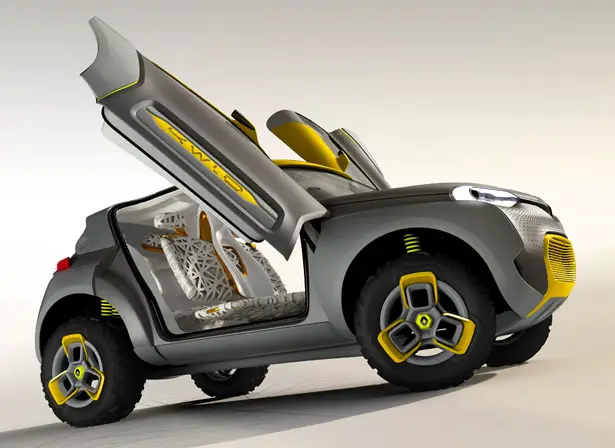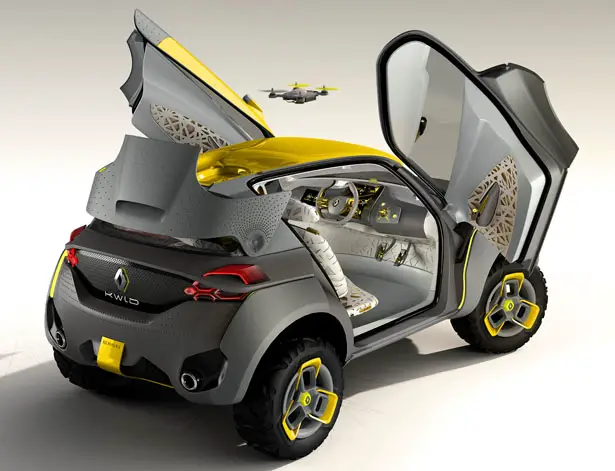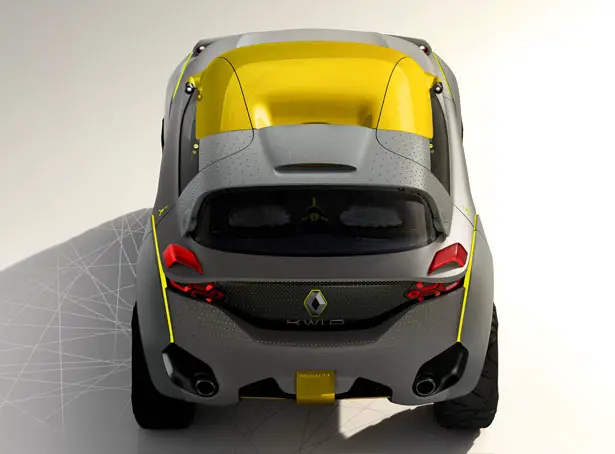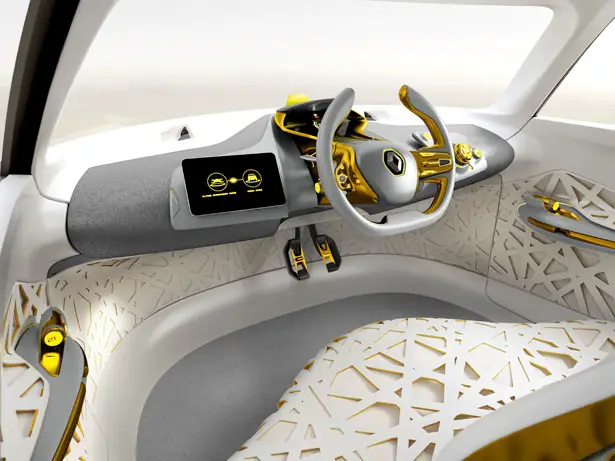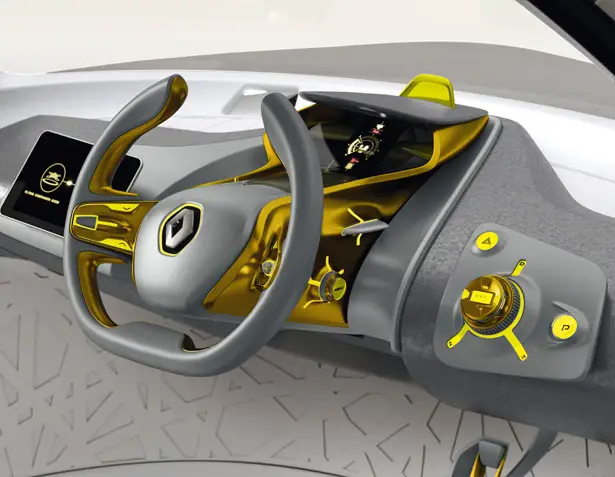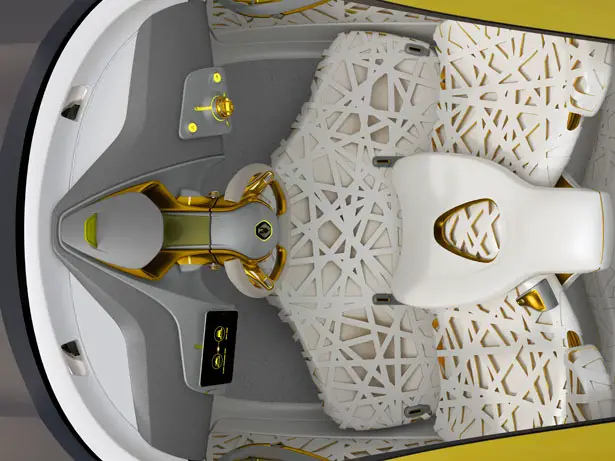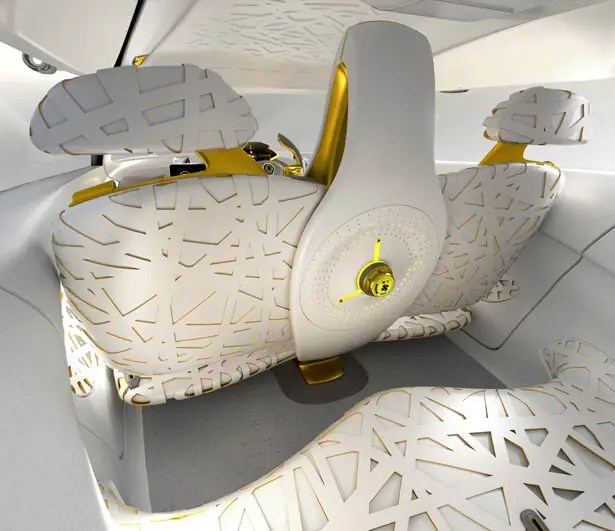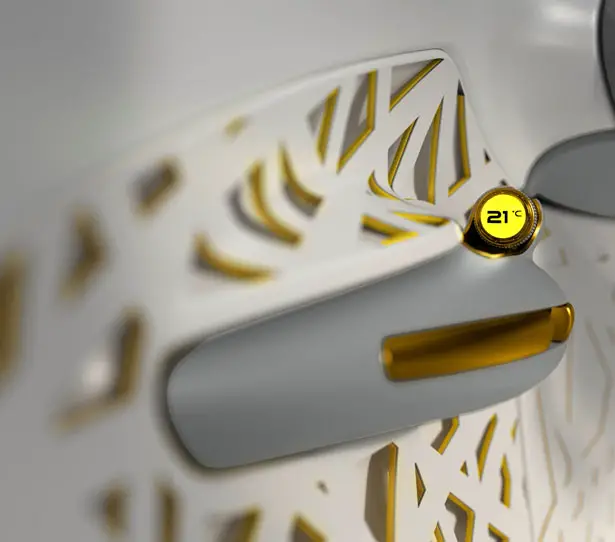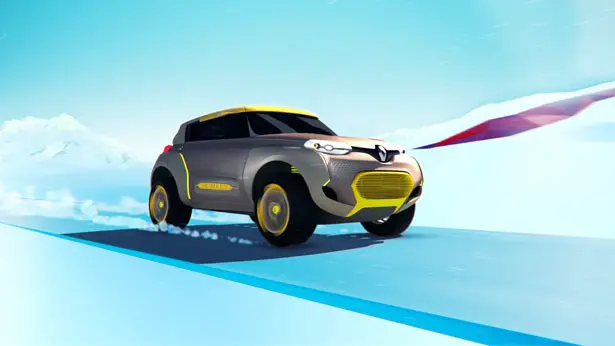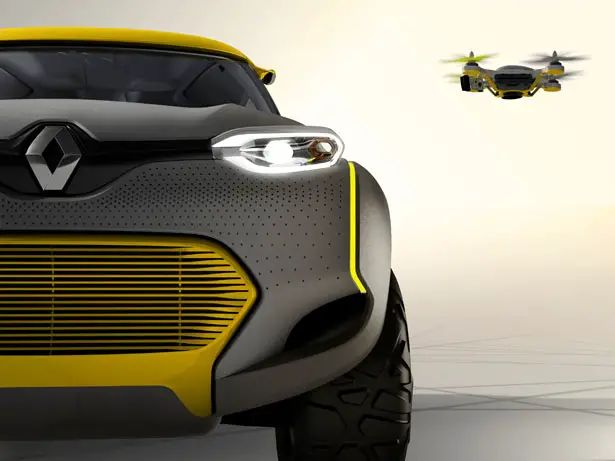Powered with V-twin engine, Lotus Motorcycle C-01 has a unique body design that integrates carbon fiber, titanium, and aerospace quality steel. Thanks to the team great motorsport experience, this concept boasts a unique appearance of high performance superbike.
Designer : Daniel Simon for Lotus
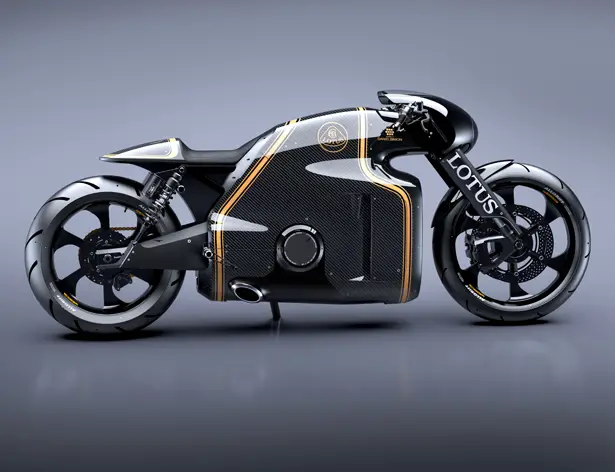
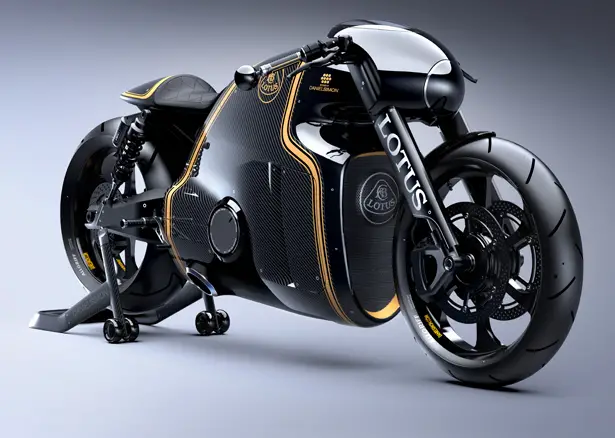
You can also customize this bike, the company provides a customization service which limited only by your imagination. This futuristic bike will be available for exclusive production of just 100 units, so, for all superbike collectors or Lotus brand fans, you need to order now to secure your Lotus motorbike.
The first idea came from Dr Colin Kolles, he wanted to create a bike that isn’t just feel great to ride but also represent a beautiful piece of art in motion. The result is this true state of the art technology with jaw-dropping aesthetic. The balance between aggressive power and handling make the ride sensational, very impressive.
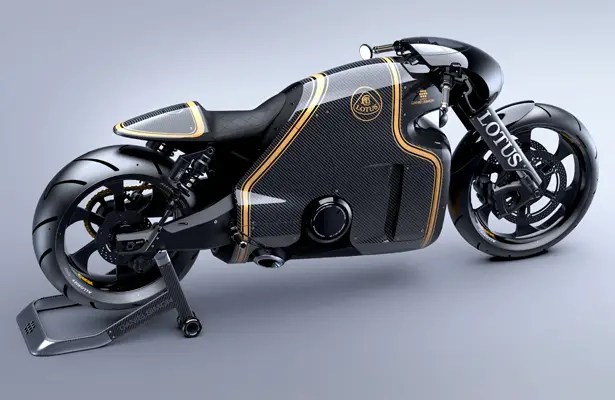
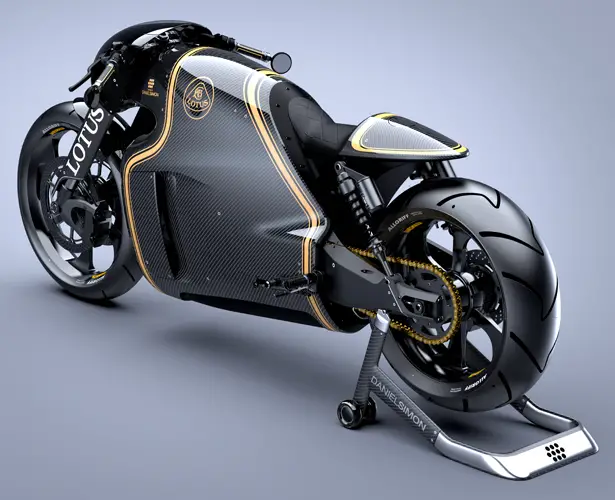
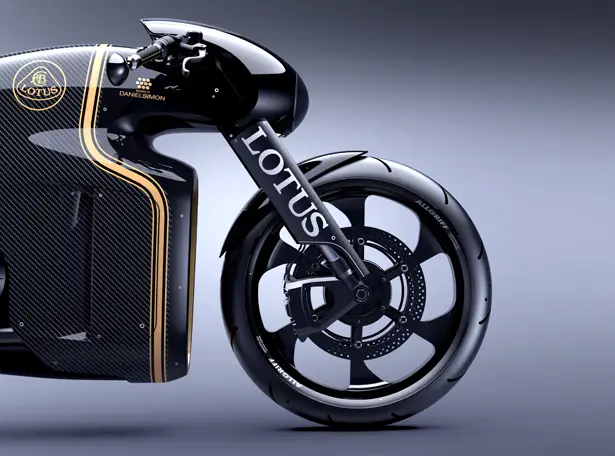
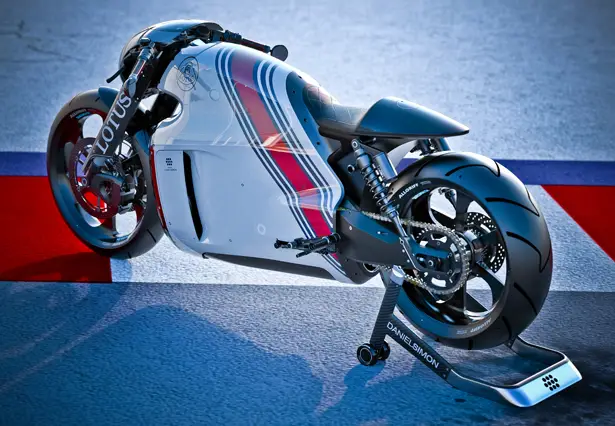
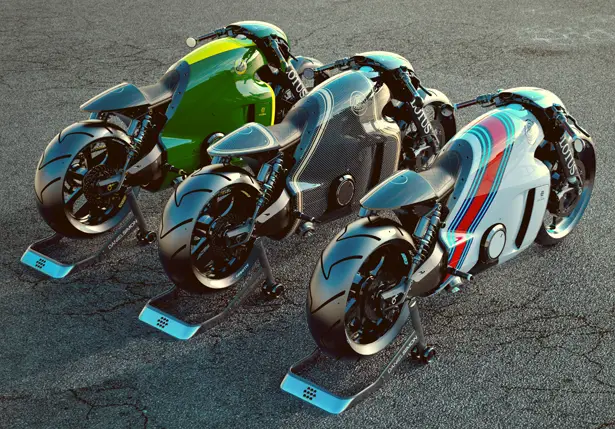
ENGINE
- Construction: 2-cylinder 4-stroke engine, 75° V-style
- Capacity: 1,195 cm³
- Bore: 105 mm
- Stroke: 69 mm
- Power Approx: 200 HP
- Transmission: 6-gear jaw-type shift transmission
- Lubrication: Dry sump lubrication
- Main shaft ratio: 40:76
- Lay shaft ratio: 15:41
- Cooling: Water cooling
- Clutch: Hydraulic anti-hopping clutch
CHASSIS
- Frame: Aero tech steel/Titanium/Carbon fibre frame
- Fork: Upside down
- Suspension strut: Twin suspension strut
- Spring travel front: 80 mm
- Spring travel rear: 70 mm
- Brake system front: Twin brake disc, ø320mm, four piston calipers
- Brake system rear: One brake disc, ø220mm, two piston calipers
